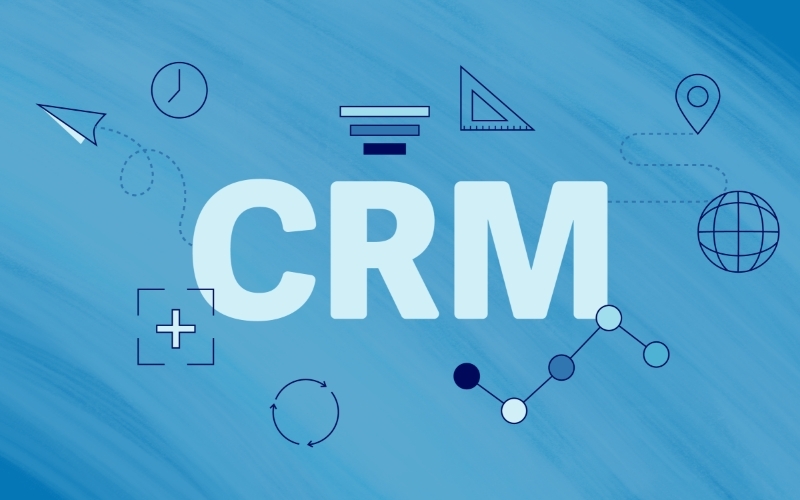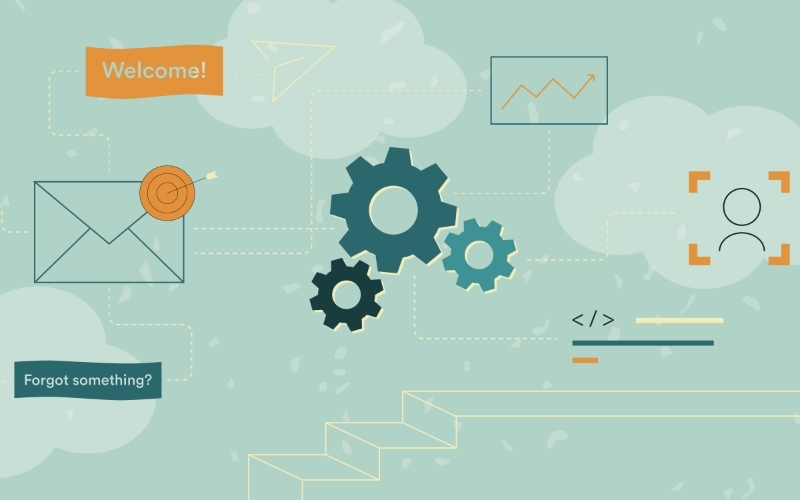Marketing Automation

Written By
Wray Ward
Marketing professionals are all about that data. We rely on it to inform our marketing efforts and optimize our campaigns to become even more efficient and successful.
These days, data-driven marketing also requires highly personalized communications for both B2B and B2C audiences. Email marketing is a great channel for creating these personalized, one-on-one relationships with clients and prospects while showing a brand’s personality. With email, brands can leverage audience preferences to create a better user experience, set engagement benchmarks and establish their own unique best practices — all of which will make their email marketing more effective. But, what’s the best way for marketers to achieve personalization with data they can trust?
A/B testing.
This tried-and-true method is potent in email marketing. By sending two versions of the same email with varied elements, we can see what resonates better and use that data to guide our email campaigns moving forward. For example, including (or excluding) the recipient’s name in the subject line is one of the most common and proven A/B testing methods. Personalization isn’t simply expected — it creates a better one-on-one experience for the brand and its audience.
But that’s just one approach that could make or break your audience engagement levels.
Keep reading for four more ways you can bolster A/B testing and improve your email marketing performance.
1. What’s my name again?
The modern inbox is a minefield of brand names, offers and products as far as the thumb can scroll. Yet, if you see an email from Grandma Margaret, you’re more likely to open it over yet another food delivery service offer.
When you set up A/B testing, experiment to see if including a real person’s name instead of a company name under “sender” makes a difference in your engagement. When HubSpot ran a similar test, they saw an increase in both opens and clicks, generating 131 new leads.
Not sure who to use as your “sender?” While it may vary based on your audience, try using your top sales reps, known thought leaders in your organization or C-suite executives to see who moves the needle.
2. Thank goodness it’s Friday … morning?
Many marketers tend to make assumptions about their audiences. Once those assumptions are put to the test, they may find the results surprising.
Setting benchmarks is key to ensuring your marketing efforts are meeting business goals and creating experiences that better serve your audience.
We recently leveraged historical data and changing audience behavior to find the best day to send our newsletter to B2B audiences. After months of testing, we were surprised to find that Fridays gave us our highest engagement. Still, our results needed refining: When on Friday would a mostly 9–5 audience open and click through on our emails? We A/B tested email sends from 8–11 a.m. and 1–4 p.m. We found that opens and clicks dropped over 70% when sent during the afternoon time slot.


